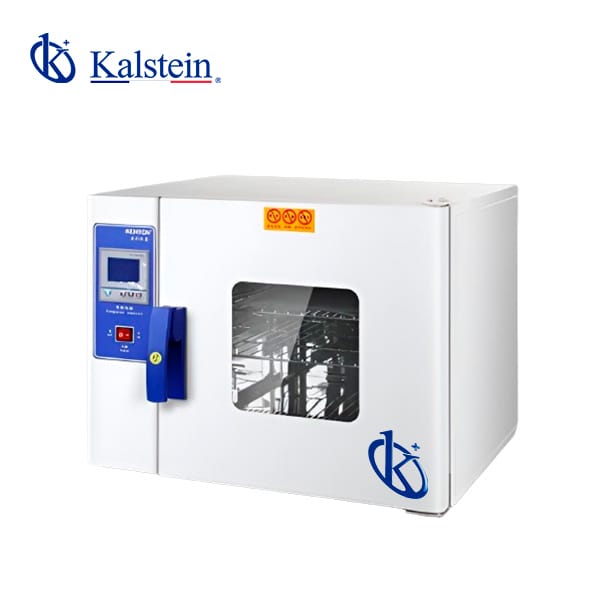Laboratory ovens are essential tools in any scientific research environment. Their ability to precisely control temperature makes them a vital component for a wide variety of experiments and processes. With the latest advancements in medical technology and recent developments in laboratory research, ovens have evolved to offer more advanced features and enhanced functionalities. In this guide, I will show you how to use these ovens to achieve the best possible results in your research.
If you want to explore the high-end product catalog we have for you at KALSTEIN, visit us at https://kalstein.de/category-product/laboratory-line/ovens/. We assure you that through our easy and feasible online purchase channels, you will find the best prices on the market. Remember that at KALSTEIN, we manufacture high-level laboratory equipment for sale. Visit us at https://kalstein.de/
Selecting the Right Oven for Your Laboratory
Before starting to use a laboratory oven, it is crucial to select the one that suits your specific needs. There are several types of ovens, such as natural convection, forced convection, and vacuum ovens. Each has its own advantages and applications. For example, natural convection ovens are ideal for applications where rapid air circulation is not needed, while forced convection ovens are better for uniform temperature distribution.
The latest trends in medical technology have brought us ovens with advanced programming and digital control capabilities, allowing for more precise temperature adjustments and real-time data recording. It is important to consider these aspects when choosing your oven.
Installation and Setup of the Laboratory Oven
Once you have selected the appropriate oven, the next step is its installation and setup. Place the oven on a stable and level surface, ensuring there is enough space around it for ventilation. Connect the oven to a reliable power source and, if necessary, set the initial settings following the manufacturer’s instructions.
To optimize the oven’s performance, ensure proper calibration. This includes checking that the temperature sensors are functioning correctly and adjusting any deviations. The latest trends in medical technology have incorporated auto-calibration functions in some ovens, making this process easier.
Using the Laboratory Oven: Basic Procedures
Proper use of the laboratory oven involves following a series of basic procedures to ensure precise and reproducible results. First, preheat the oven to the desired temperature before placing your samples. This helps avoid temperature fluctuations that could affect the results.
Place the samples so there is enough space between them to allow for adequate air circulation. If you are using a forced convection oven, ensure that the fan is working correctly. Recent advances in laboratory research have shown that uniform heat distribution is crucial for consistent results.
Maintenance and Cleaning of the Laboratory Oven
Regular maintenance of the oven is essential to ensure its longevity and optimal functioning. Clean the oven after each use to remove any residue that may have accumulated. This not only prevents cross-contamination but also helps maintain the oven’s efficiency.
Periodically check the internal components, such as the heating elements and temperature sensors, to ensure they are in good condition. Recent advances in laboratory research have suggested that proper maintenance can significantly extend the lifespan of laboratory equipment.
Optimizing the Use of the Oven: Practical Tips
To achieve the best results with your laboratory oven, it is helpful to follow some practical tips. For example, avoid opening the oven door frequently, as this can cause temperature variations. If you need to monitor your samples, use the viewer or the integrated cameras if your oven has them.
Additionally, adjust the parameters according to the specific needs of your experiments. Modern ovens allow the programming of temperature cycles, which is especially useful for experiments that require controlled temperature variations. The latest trends in medical technology have incorporated more intuitive interfaces and connectivity capabilities to facilitate this process.
Conclusions and Final Reflections
In summary, laboratory ovens are indispensable tools that, when used correctly, can significantly enhance the quality of your research results. Proper selection, installation, use, and maintenance are key to maximizing their efficiency and accuracy. With the latest trends in medical technology and recent advances in laboratory research, laboratory ovens have reached new levels of functionality and precision. Follow these tips and tutorials to ensure that you are using your laboratory oven in the best possible way.

